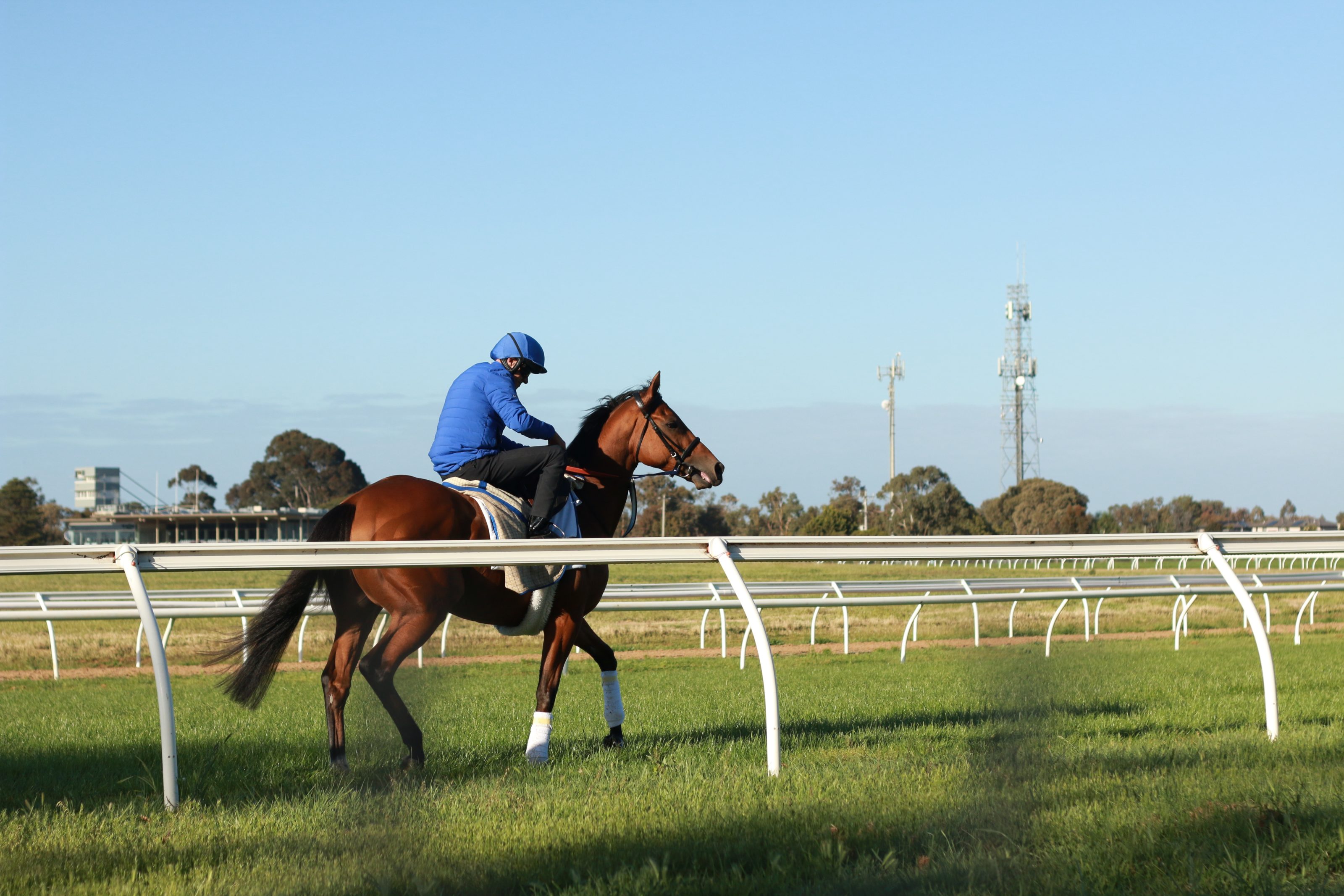Every November, the Melbourne Cup captivates millions of Australians. While most eyes are fixed on the horses, the real story runs beneath the surface. The Cup is not just a race; it is a billion-dollar economic driver that powers Australia’s hospitality, tourism, retail, and event sectors. Beyond the glitz and glamour, it brings to life an entire ecosystem of workers who keep the event moving and the economy thriving.
A Billion-Dollar Boost to the Economy
The Melbourne Cup injects an estimated one billion dollars into Australia’s economy each year. From luxury hotels in Melbourne’s CBD to regional bars and restaurants, spending surges across the country. Businesses see a spike in consumer demand, and the event provides a crucial boost to sectors still recovering from slower periods. For many small operators, Cup Week revenue can offset quieter months, demonstrating how seasonal events can stimulate both local and national growth.
The Workforce Behind the Spectacle
Behind the race-day glamour lies a temporary workforce that makes it all happen. Thousands of event staff, hospitality professionals, security teams, and logistics coordinators are recruited in the weeks leading up to the carnival. Recruitment agencies report some of their busiest activity of the year as they fill last-minute positions. For job seekers, this represents a valuable opportunity to gain experience, build networks, and earn income during a high-demand season. It also highlights a key national issue: the growing reliance on flexible and temporary workers to fill short-term labour gaps.
Hospitality, Tourism, and Transport in Motion
The Cup’s economic reach extends well beyond Flemington Racecourse. Airports handle more flights, public transport services increase schedules, and rideshare demand peaks. Melbourne’s restaurants and hotels operate near full capacity, often bringing in casual staff to meet heightened expectations. Across these industries, the same challenge persists: finding skilled workers on short notice. Recent data shows that 45 percent of roles in Australia remain difficult to fill, which reinforces the importance of long-term workforce planning even in short-term environments.
A Reflection of Broader Workforce Trends
The patterns seen during the Melbourne Cup reflect larger shifts in Australia’s labour market. Employers are navigating a mix of skill shortages, evolving employee expectations, and the need for flexible staffing models. Events like the Cup provide a snapshot of the agility required in modern workforce management. Businesses that anticipate these surges, forecast staffing requirements, and align recruitment pipelines with demand gain a competitive advantage in both performance and efficiency.
What the Cup Teaches Us About Work
The Melbourne Cup may pause the nation for a few minutes, but it drives weeks of economic and employment activity. It demonstrates how adaptable, data-driven, and people-focused planning can transform challenges into opportunity. For Australia’s recruiters, employers, and workforce leaders, the lesson is clear: sustained success comes from valuing people, preparing early, and running the long race with strategy and intention.
Related Posts
Power to the people
Intro What happens when a pandemic forces us away from the office, and in its wake leaves a faltering economy
Future Solutions
The future can be a bit of a dirty word in recruitment and in many of the industries we serve.
Walk a mile
In 2020 Zoom Recruitment began a long process of self-discovery. Even before the world-shaping effects of the pandemic, we saw
The changing face of Australia’s workforce
“I’m fucking pissed off” Nick, 24, tells me on a Friday morning stroll along the Yarra. He’s worked hard at
I am the problem
The doorbell chimes for the fourth time in a minute. All three phone lines ring off the hook. The only
Healing and growing
Kim Kardashian told women to “get your f**king ass up and work”, no doubt in response to a Starbucks coffee






